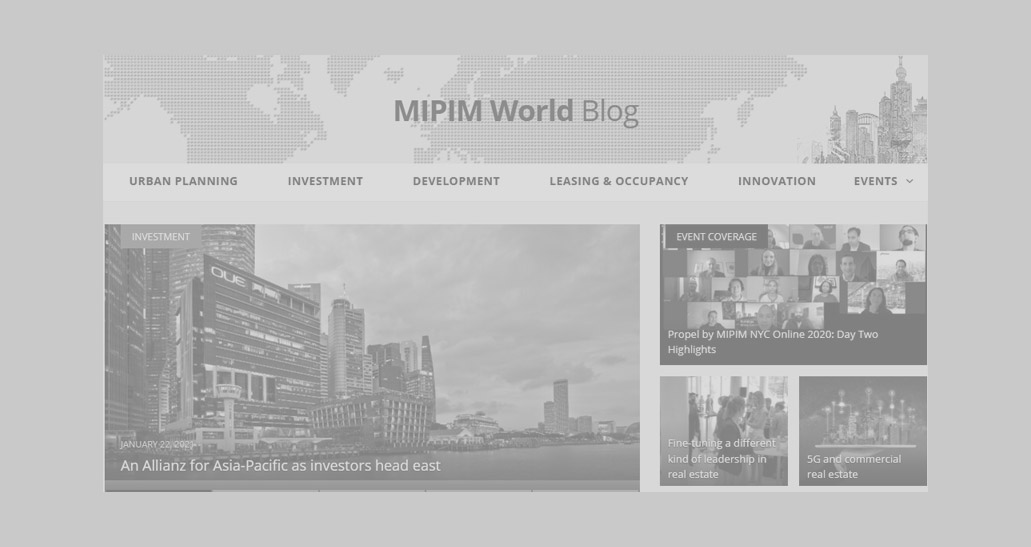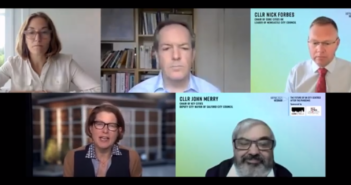Schneider Electric (SE) is a 170 year old energy management company with a new generation road map for the future of sustainable buildings. Delivery of green energy solutions in a high-tech, but user-friendly way similar to Apple and Google is their aim and based on exhibitions at MIPIM–the recent international real estate conference held in Cannes, France—and a tour of “Horizon” their Carros, France research, development & production facility in south France, they’ve proven to be a service provider that could position buildings on the path to sustainable, profitable, ideal workspaces just in time for the next major transition in real estate ownership and investment.
SE’s panel session at MIPIM was on How to Transform Real Estate into a Performance Asset. The panel of experts included Marcus Tack, Director Real Estate and Office & Gilles Cordon, Real Estate Solutions specialist, Dr. Norm Miller from University of San Diego, Pascal Brosset, SE Chief Technology Officer, Dr. Alexander Redlein, Euro FM & Vienna University of Technology and Jean-Vincent Rischard, Xolf Sarl d’Architecture.
What came out from the panel of experts is that in order to transform your real estate into a performance asset, you need to recognize the parties you are responsible for satisfying and what their needs are. Whether it be landlords, tenants or investors—each has a different requirement, a different set of needs and depending on your company’s office space utilization, your building will likely have a unique performance optimization standard than other organizations. Dr. Miller and Dr. Redlein shared views on various drivers and counters to the downsizing trend of office space, how this impacts the global optimization and organization of sustainable buildings.
For decision makers—real estate portfolio managers, facility managers, etc. evaluating how to optimize and increase productivity, SE building management system (BMS) solutions offer real-time data on how your building is being used, their mobile application available now in beta test format allows any user to easily read and understand their energy usage while receiving recommendations on how to improve energy efficiency.
Using the SE app, operationally you might discover which offices and meeting rooms are actually being used versus how many are recorded as being used which can be a very different thing! You can become informed on how many people are actually utilizing your building on any given day and who these users are—permanent employees, visiting employees with temporary office space or non-employee visitors. Information such as this allows operators to determine how to best configure their space, how much office space is needed for which activities and how to best distribute energy so that it’s consumed with the least amount of waste. Many offices will completely illuminate or pump HVAC—heating, ventilation and air conditioning into the entire building for the most minimal uses for example night time cleanings or a few employees working late. How do we reduce that energy to only what is needed?
Expert sustainability consultant Daniele Horton, Founder & Principal of Verdani Partners suggests going after the low-hanging fruit first. Sometimes it’s even fruit on the ground. At the operational level benchmark your actual energy & space usage, change practices and habits, add simple control systems to properly distribute energy and all of this will reduce your energy load to what you actually require. From this point you can begin looking at capital expenditures on BMS because you’ll know how much energy you need and hopefully have produced a long term plan of action with your integrated team of experts.
More than BMS, employee well-being through comfort and services improves the company bottom line as morale is boosted, workspace becomes healthier and more enjoyable resulting in reduced absenteeism and increased productivity.



